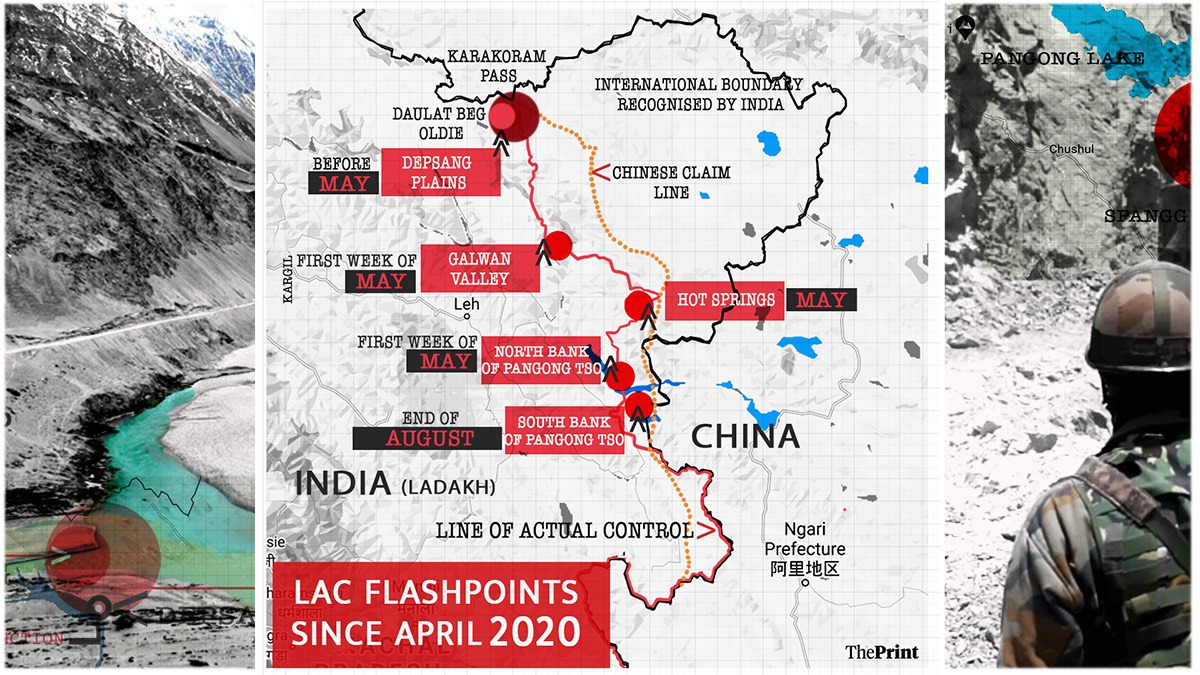7667766266
enquiry@shankarias.in
The ongoing standoff in eastern Ladakh has led to one of the latest constructions of bridge being built by China on the Pangong Tso.

Reference